Star Lake SR700 User manual

User’s Manual
Revision Date: NOV. 23. 2016
SR700
MIL-STD Rugged Computer
User’s Manual

SR700 User’s Manual
Revision Date: NOV. 23. 2016
1
Safety Information
Electrical safety
To prevent electrical shock hazard, disconnect the power cable from the electrical outlet before
relocating the system.
When adding or removing devices to or from the system, ensure that the power cables for the
devices are unplugged before the signal cables are connected. If possible, disconnect all power cables
from the existing system before you add a device.
Before connecting or removing signal cables from the motherboard, ensure that all power cables are
unplugged.
Seek professional assistance before using an adapter or extension cord. These devices could interrupt
the grounding circuit.
Make sure that your power supply is set to the correct voltage in your area.
If you are not sure about the voltage of the electrical outlet you are using, contact your local power
company.
If the power supply is broken, do not try to fix it by yourself. Contact a qualified service technician or
your local distributor.
Operation safety
Before installing the motherboard and adding devices on it, carefully read all the manuals that came
with the package.
Before using the product, make sure all cables are correctly connected and the power cables are not
damaged. If you detect any damage, contact your dealer immediately.
To avoid short circuits, keep paper clips, screws, and staples away from connectors, slots, sockets and
circuitry.
Avoid dust, humidity, and temperature extremes. Do not place the product in any area where it may
become wet.
Place the product on a stable surface.
If you encounter any technical problems with the product, contact your local distributor
Statement
All rights reserved. No part of this publication may be reproduced in any form or by any means,
without prior written permission from the publisher.
All trademarks are the properties of the respective owners.
All product specifications are subject to change without prior notice

SR700 User’s Manual
Revision Date: NOV. 23. 2016
2
Revision History
Revision
Date (yyyy/mm/dd)
Changes
V0.1
2016/11/01
Draft Version
V1.0
2016/11/23
Initial release
Packing list
□THOR100 MIL-STD Rugged Computer
□ XR-DIMM up to 8 GB RAM optional
□NVIDIA GTX950M MXM Graphic Card
Accessories Kit
□M12 4 PIN DC Connector x 1pcs
□ CD (Driver + User’s Manual)
□Cable kits
□Mounting Bracket
Ordering Information
Model Number
Description
SR700
Intel® QM87 MIL-STD IP65 Rugged System with Intel® Core i7-4700EQ
Processor, NVIDIA GT950M GPU, M12 Rugged Connectors, 9V to 36V
DC-in, Wide Temp -40 to 70°C

SR700 User’s Manual
Revision Date: NOV. 23. 2016
3
Table of contents
Safety Information .............................................................................................................................................1
Electrical safety..............................................................................................................................................1
Operation safety ............................................................................................................................................1
Statement ......................................................................................................................................................1
Revision History..................................................................................................................................................2
Packing list..........................................................................................................................................................2
Accessories Kit....................................................................................................................................................2
Ordering Information.........................................................................................................................................2
Chapter 1: Product Introduction ........................................................................................................................5
1-1 Key Features ............................................................................................................................................5
1.2 Front Panel Components..........................................................................................................................7
1.3 Mechanical Dimensions ...........................................................................................................................8
Chapter 2: Jumpers and Connectors ..................................................................................................................9
2.1 Front Panel Connector Pin Definitions..................................................................................................9
2.2 Internal Connector and Jumper Setting .................................................................................................11
Chapter 3: AMI BIOS UTILITY............................................................................................................................12
3.1 Starting...................................................................................................................................................12
3.2 Navigation Keys......................................................................................................................................12
3.3 Main Menu.............................................................................................................................................13
3.4 Advanced Menu.....................................................................................................................................14
3.4.1 PCI Subsystem Settings....................................................................................................................15
3.4.2 ACPI Settings....................................................................................................................................17
3.4.3 CPU configuration............................................................................................................................18
3.4.4 SATA Configuration..........................................................................................................................24
3.4.5 Intel Rapid Start Technology............................................................................................................28
3.4.6 PCH-FW Configuration Configure ....................................................................................................29

SR700 User’s Manual
Revision Date: NOV. 23. 2016
4
3.4.7 Intel Anti-Theft Technology Configuration ......................................................................................29
3.4.8 AMT Configuration ..........................................................................................................................30
3.4.9 USB Configuration ...........................................................................................................................32
3.4.10 IT8786 Super IO Configuration ......................................................................................................35
3.4.11 IT8786 HW Monitor.......................................................................................................................37
3.4.12 Serial Port Console Redirection .....................................................................................................38
3.4.13 Network Stack ...............................................................................................................................40
3.4.14 Intel I210 Gigabit Network Connection .........................................................................................41
3.5 Chipset ...................................................................................................................................................42
3.5.1 PCH IO configuration .......................................................................................................................43
3.5.2 System AGENT SA............................................................................................................................52
3.6 Boot........................................................................................................................................................54
3.7 Security ..................................................................................................................................................55
3.8 Save and Exit..........................................................................................................................................56
Table of contents
Other Star Lake Desktop manuals
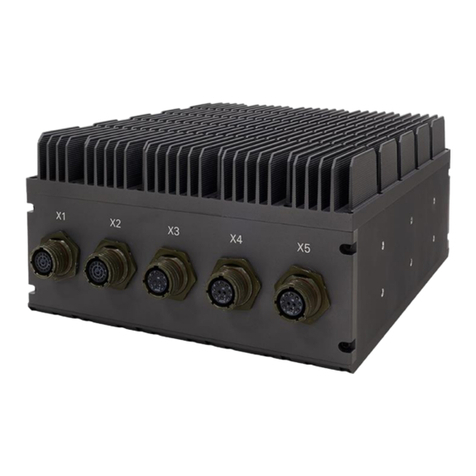
Star Lake
Star Lake AV710 User manual
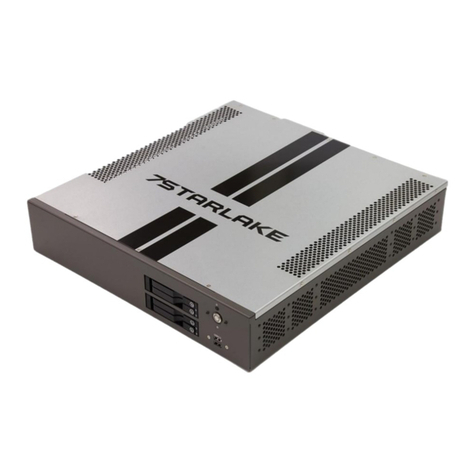
Star Lake
Star Lake SCH-406 User manual
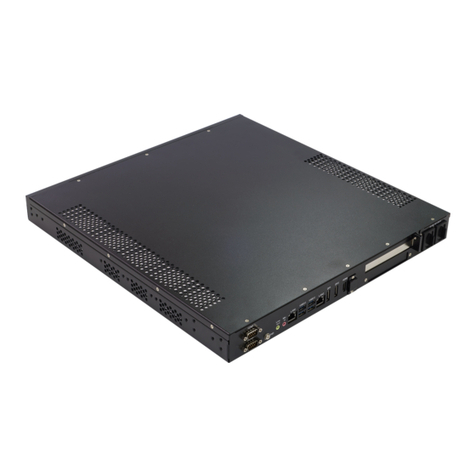
Star Lake
Star Lake ROC286BB User manual
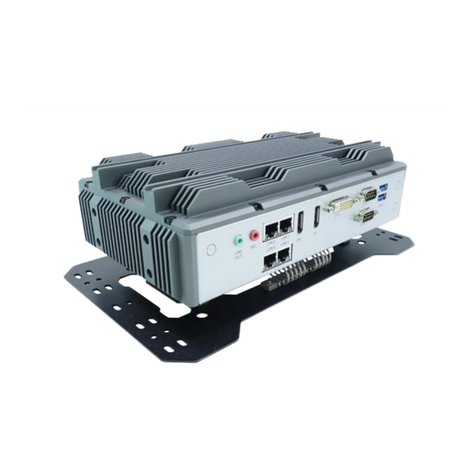
Star Lake
Star Lake SR10B User manual

Star Lake
Star Lake SR10-SCH User manual

Star Lake
Star Lake SCH-406 User manual

Star Lake
Star Lake CPT330B User manual
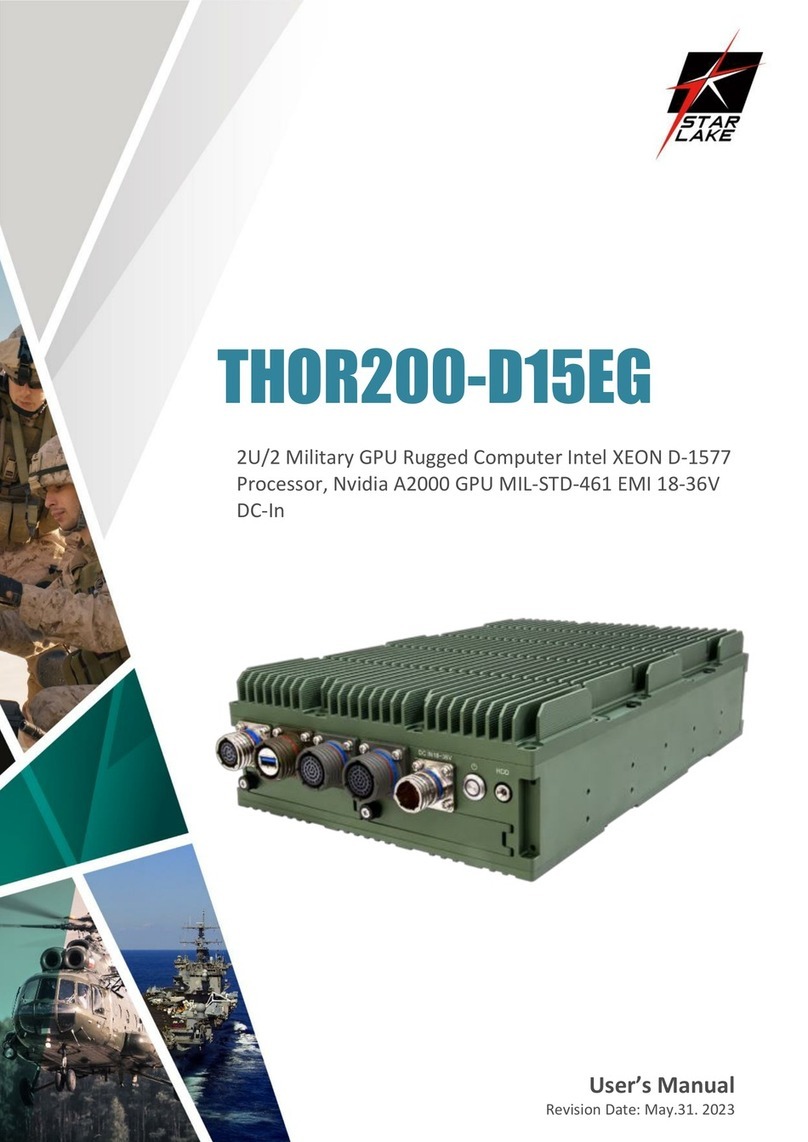
Star Lake
Star Lake THOR200-D15EG User manual

















